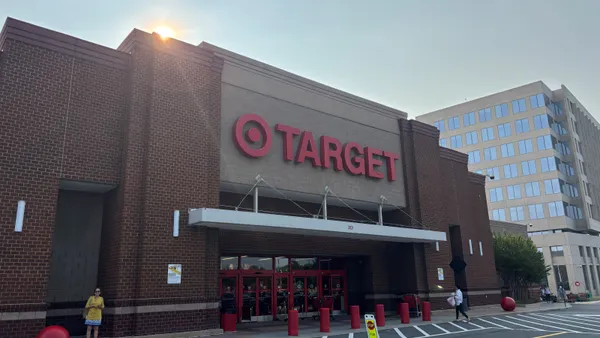Retail has greatly transformed over the last few years, as more commerce moves online and influencers play a growing role in driving product affinity. In Asia, live stream commerce, or live shopping, is revealing massive revenue opportunities, and that trend is extending to other regions. During a recent live shopping event in Mexico, a large global electronics manufacturer was able to sell more than $1 million in merchandise and engage nearly 12,000 viewers in less than an hour. By 2026, live stream commerce sales could account for as much as 20 percent of all e-commerce according to McKinsey estimates.
Why live stream commerce?
Leaning into the concept of exclusivity through time-bound offers or VIP product launches generates excitement and adds a sense of urgency to purchasing decisions. Humans can’t resist the limited-time offer and live shopping capitalizes on that fundamental trait.
Having an interactive live stream component to ecommerce also helps instill buyer confidence, as shoppers can better view goods and understand what they’re purchasing. Being able to interact with the stream host further strengthens that confidence, while also building brand affinity by fostering community.
The power of highly engaged communities
Prioritizing relationships with influencers is one key to building a successful live shopping experience. Audiences need a strong reason to be interested in viewing streams. By partnering with influencers, brands can help build credibility and traction and it’s also a way to make legacy brands feels relevant, modern and inspirational. Since influencers bring their own audience, viewers are already interested, so there’s a smaller gap to close in motivating purchasing decisions. Live shopping cadence is also important. More viewing opportunities lead to higher engagement, increased repeat visitors and stronger momentum for the brand overall.
Building for scale
Along with attracting an audience, retailers who are building a live shopping experience must consider how to support audience expansion and moderation, not to mention the scalability of their tech stack. An influencer brings a cultivated audience and brands can expand it by using marketing channels to promote their live stream. Moreover, email marketing to an existing customer base and social media promotion can drive live stream traffic because the audience already has an interest in the content.
While audience growth creates more revenue opportunities, it’s important that the live stream tech stack facilitates low-latency interactions for viewers. Lags and long buffer times cause frustration and a poor customer experience, reducing the likelihood of a purchase. Conversely, near-real-time stream delivery creates more opportunities to build positive interactions, especially when creators can respond almost instantly to customer chat questions. Leveraging a managed service, such as Amazon Interactive Video Service (Amazon IVS), for low-latency live streaming allows brands to focus development resources on creating standout live shopping features rather than worrying about global video infrastructure management. Since it’s cloud-based, it enables brands to easily scale for viewership peaks and minimize resources when not needed.
Next-generation brand partnerships
The first steps for any business using live streaming to drive sales are to build a scalable platform and to acquire an audience. Once those elements are dialed in, optimization fuels continued growth. Building and retaining an engaged audience requires a combination of exciting content coupled with new methods of interacting with the creator. Furthermore, enhanced interactivity boosts affinity for the creator and a greater propensity to watch, engage and buy.
Click here to read more from Amazon IVS.










